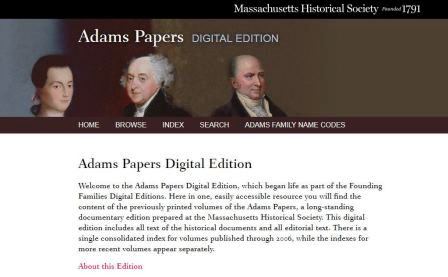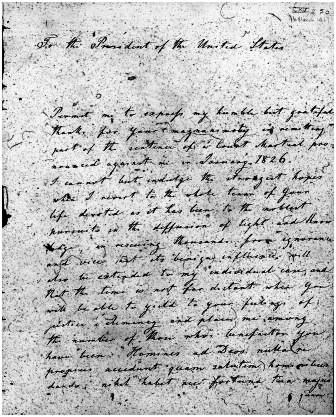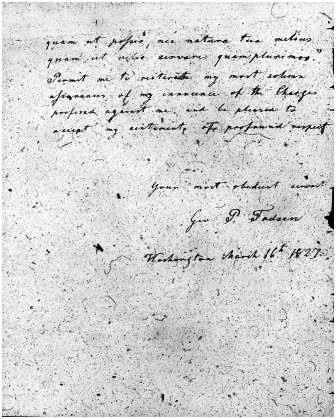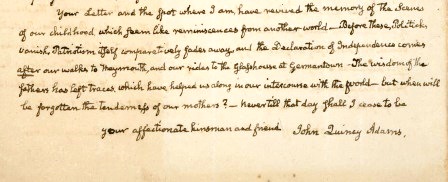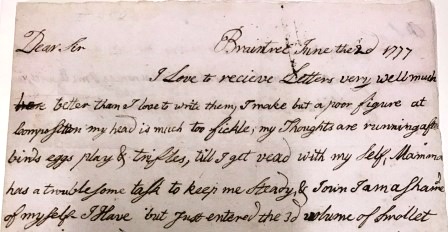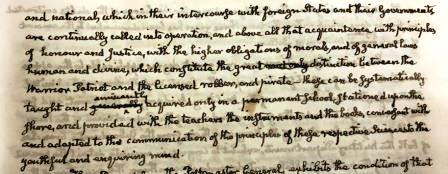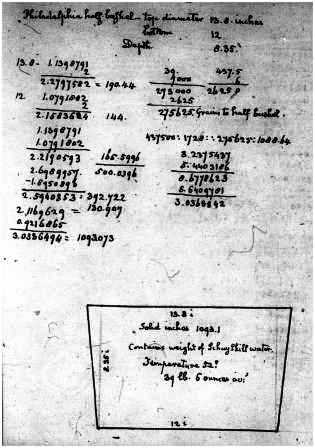By Lindsey Woolcock, Adams Papers Intern
In October 1837, John Quincy Adams was reading the newspaper, when he came across an advertisement for a slave sale.
There was in the National Intelligencer this morning an advertisement, signed James H. Birch … headed Sale of Slaves—A sale at public auction at 4 O’Clock this afternoon, of Dorcas Allen, and her two surviving children aged about 7. and 9. years (the other two having been killed by said Dorcas in a fit of insanity as found by the jury who lately acquitted her)… (23 October 1837)
Dorcas Allen was promised her freedom multiple times by her owners, the Davises. Though informally released from slavery, after multiple deaths and remarriages in the Davis family, Allen was left without the papers she needed to legally secure her freedom. Allen and her four children were taken from the District of Columbia to a slave prison in Alexandria, Virginia; there Allen killed her two youngest children and attempted unsuccessfully to commit suicide. She was put on trial for murder but acquitted on grounds of insanity.
This story deeply affected John Quincy. In his later years, he began taking more of an active stance against slavery. He presented dozens of antislavery petitions to an unresponsive House of Representatives, leading to the establishment of the House’s “gag” rule, where all petitions relating to slavery were laid aside without discussion.
His succeeding diary entries talk about visiting the auction house where Dorcas was to be sold in order to discover more information. He met with Nathan Allen, Dorcas’s husband, who was trying to raise enough money to purchase his wife and the two children from Birch. He also met with Dorcas, who came with her husband to ask for the $50 that John Quincy promised to contribute toward her purchase.
After that meeting, Dorcas and Nathan Allen and their children disappear. John Quincy seems to have never met with them again. We don’t know what happened to Dorcas and her children, yet these brief moments in Adams’s voluminous diary offer small glimpses into the parallel worlds of the black and white communities of Washington, D.C.
Over the summer that I’ve transcribed John Quincy’s diary, I’ve watched many seemingly random people show up in his parlor: a Quaker woman who gave a sermon and advised him to maintain a steady course in the House of Representatives; men visiting “out of curiosity”; a Scottish silkworm breeder who spoke so long about his worms that John Quincy didn’t have time to write letters of introduction for an earlier visitor. You never know who’s going to show up, and these meetings always struck me as odd. How do you just show up at the home of the former President of the United States? Do you just knock on the front door?
But a story like the Allens’s in particular struck me: what was that meeting like? How did Dorcas and Nathan feel? And what happened to their family afterward?


